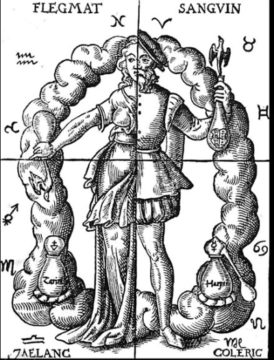by Marie Snyder
 I recently watched the lovely film, A Real Pain, about two cousins (played by Jesse Eisenberg and Kieran Culkin) who travel to Poland to visit their departed grandmother’s home. In the first 20 minutes of the movie we’re shown two dramatically different personalities, both neurotic in their own way, but one more inward and the other laser focused on other people. It’s in our vernacular to understand the characters as introverted and extraverted, but there is still disagreement over what that means and, more importantly, what to do with that information.
I recently watched the lovely film, A Real Pain, about two cousins (played by Jesse Eisenberg and Kieran Culkin) who travel to Poland to visit their departed grandmother’s home. In the first 20 minutes of the movie we’re shown two dramatically different personalities, both neurotic in their own way, but one more inward and the other laser focused on other people. It’s in our vernacular to understand the characters as introverted and extraverted, but there is still disagreement over what that means and, more importantly, what to do with that information.
I think we’ve veered off course since Jung’s Psychological Types, now over a century old, the precursor to the Myers-Briggs Type Indicator (MBTI) and more recently the Five-Factor Model (FFM) or “Big Five.” There are lots of other personality inventories like John Holland’s six Personal-Orientation types, Arthur Brooks’ mad scientists, cheerleaders, poets, and judges, and Martin Seligman’s top five strengths, but MBTI and FFM seem to have sticking power.
We automatically notice the similarities and differences between ourselves and others, which can become shortcuts to establish a connection and a sense of identity; despite the questionable validity of the inventories over these hundred years, they can provoke acceptance of ourselves and others if used wisely. Read more »

 Lots of people discredit the Myers-Briggs as just a horoscope, but it’s
Lots of people discredit the Myers-Briggs as just a horoscope, but it’s